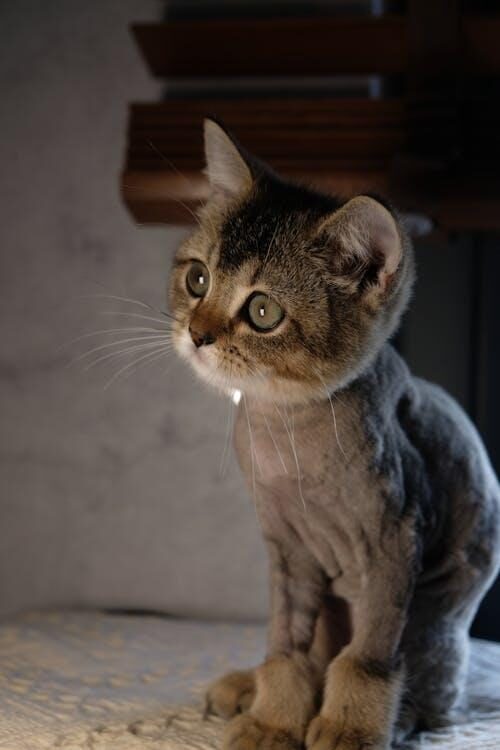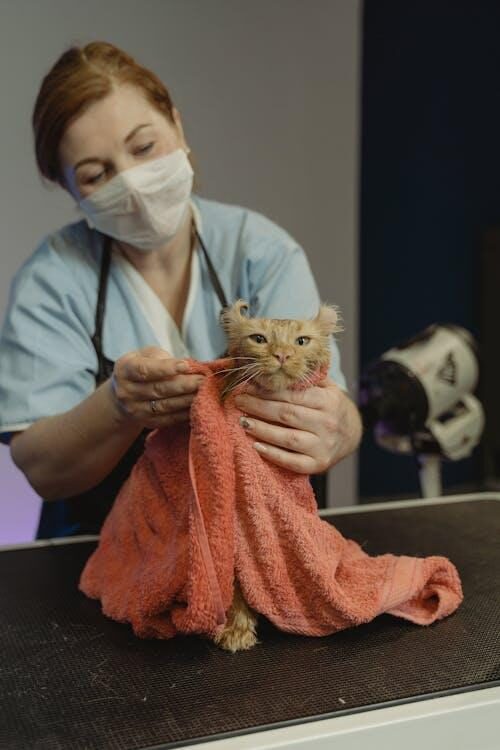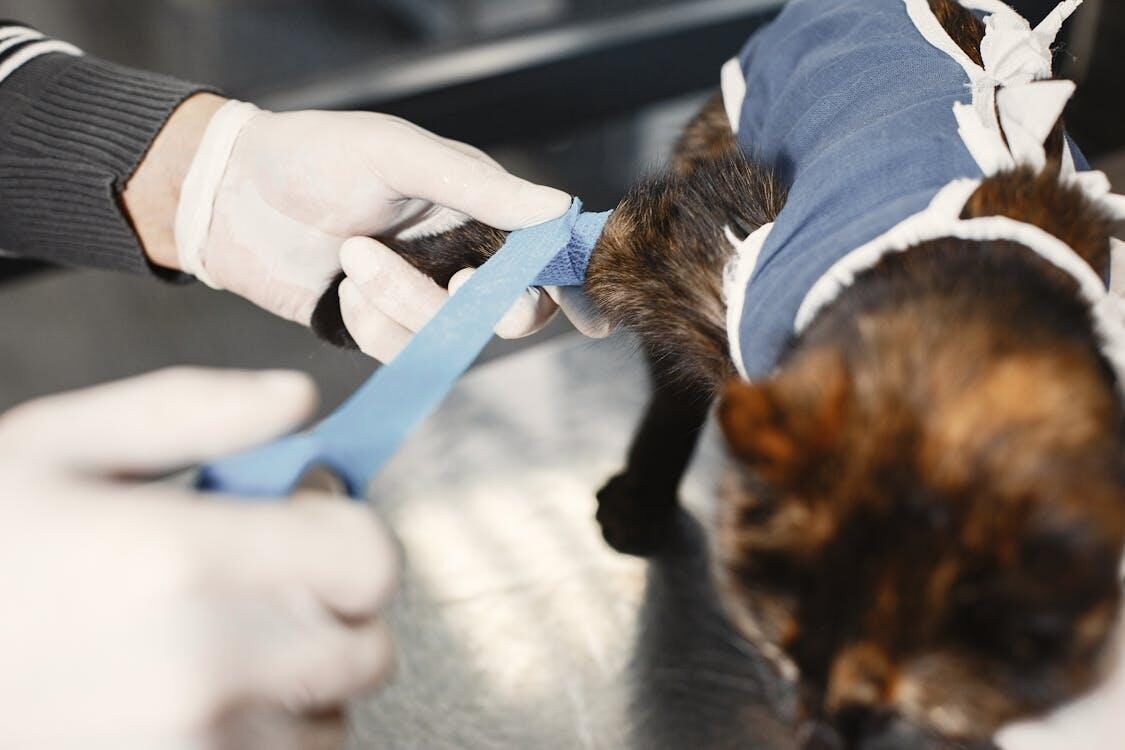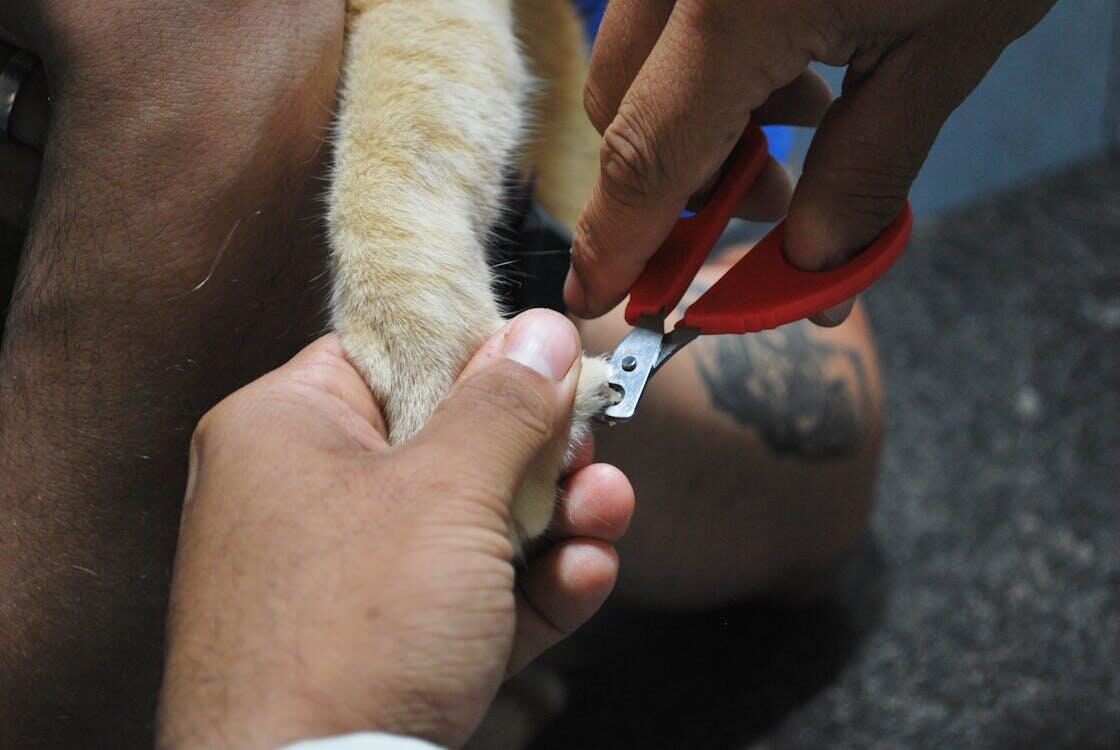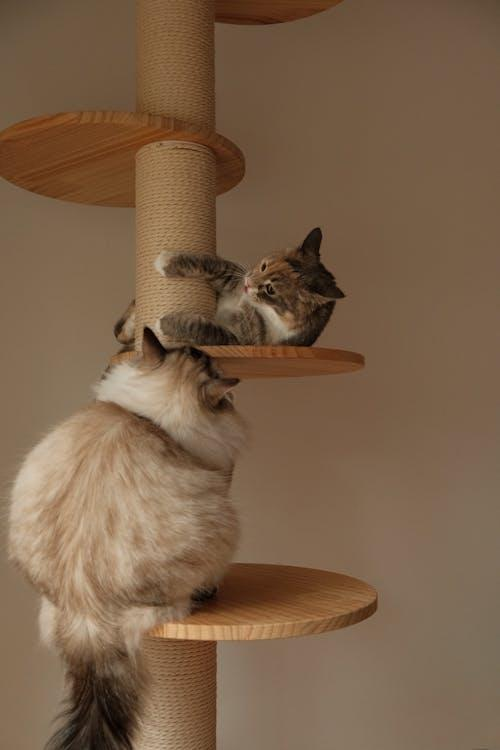Are you wondering, How much does it cost to declaw a cat? If so, this article is just for you.
Declawing a cat is a topic that stirs up a whirlwind of opinions, emotions, and debates. Beyond the ethical considerations, many cat owners find themselves pondering the financial implications of such a procedure. So, how much does it really cost to declaw a cat? Let’s dive deep into the dollars and cents, the methods, the aftermath, and the alternatives.
Table of Contents
ToggleThe Financial Breakdown to know How Much Does It Cost to Declaw a Cat?
Declawing isn’t a one-size-fits-all procedure, and its cost can vary based on several factors:
1. Geographical Location
Where you live plays a significant role. Urban areas with higher costs of living often see steeper veterinary fees compared to rural locales.
2. Veterinary Clinic
Specialized animal hospitals or clinics with advanced facilities might charge more than standard veterinary practices.
3. Cat’s Age and Health
Younger, healthier cats might undergo the procedure with fewer complications, potentially reducing costs. Older cats or those with health issues might require additional care, upping the price.
4. Method of Declawing
The technique employed significantly impacts the overall expense:
Resco Clipper Method
- Often the most economical, this method uses a guillotine-like clipper to remove the claw and the end bone.
- Costs range from $100 to $200.
- This method can lead to complications like claw regrowth if not done correctly.
Disarticulation Method
- This technique involves the surgical removal of the entire last bone of each toe.
- It’s more meticulous and tends to cost between $150 to $300.
Laser Declawing
- A more modern approach, laser declawing uses a laser to amputate the claw and bone.
- It’s touted to cause less bleeding and pain, but it comes with a heftier price tag, typically starting around $250 and can go up to $400.
5. Additional Expenses
Beyond the surgery itself, there are ancillary costs to consider:
- Pre-Surgical Exams– Ensuring your cat is fit for surgery might require blood tests and physical examinations, adding an extra $40 to $60.
- Anesthesia– Depending on your cat’s size and health, anesthesia can add to the bill.
- Post-Operative Care– Medications for pain management, potential overnight stays, and follow-up visits can further increase costs.
In total, the average cost to declaw a cat can range from $200 to $800, depending on these factors.
The Ethical and Legal Landscape
While understanding the financial aspects is crucial, it’s equally important to be aware of the ethical debates and legal standings surrounding declawing.
Ethical Considerations
Declawing is more than a simple nail trim; it’s a major surgical procedure that involves amputating the last bone of each toe. This can lead to:
- Physical Complications– Post-surgery, cats might experience pain, infection, nerve damage, or even behavioral changes like increased aggression or litter box avoidance.
- Behavioral Changes– Without their primary defense mechanism, some cats may resort to biting as an alternative.
- Mobility Issues– The procedure can alter the way a cat walks, potentially leading to joint issues or arthritis in the long run.
Legal Status of Declawing
United Kingdom
Declawing has been illegal since 2006 under anti-cruelty laws. Offenders can face fines up to £20,000.
United States
The stance on declawing differs by state and city:
- New York and Maryland– Statewide bans on declawing.
- Los Angeles, San Francisco– Local prohibitions on the procedure.
- Many areas still allow declawing, though it’s increasingly discouraged.
Exploring Humane Alternatives
Given the controversies and potential harm associated with declawing, many pet owners and veterinarians advocate for alternative solutions that allow cats to express their natural behaviors without causing destruction in the home. The key is understanding why cats scratch in the first place and providing solutions that align with their instincts rather than suppressing them.
1. Regular Nail Trimming
One of the simplest ways to manage scratching is regular nail trimming. Keeping your cat’s claws short can significantly reduce the damage they can inflict on furniture, carpets, and even people.
How to Trim Your Cat’s Nails
Many cats are resistant to having their paws handled, so it’s best to start trimming their nails at a young age to get them accustomed to the process. Here’s a step-by-step guide:
- Choose the Right Tools– Invest in a high-quality cat nail clipper. Human nail clippers aren’t ideal since they can crush the nail rather than make a clean cut.
- Pick a Calm Time– Avoid trimming when your cat is hyper or agitated. Try doing it after a nap or a meal when they’re more relaxed.
- Use Gentle Handling– Hold your cat’s paw and gently press on the pad to extend the claws.
- Trim Only the Tips– Avoid cutting too close to the quick (the pink part inside the claw) to prevent pain and bleeding. If you accidentally cut too deep, use styptic powder to stop the bleeding.
- Reward With Treats– Give your cat treats after each successful trim session to associate the process with positive experiences.
For best results, trim your cat’s nails every 2-3 weeks. If your cat absolutely refuses to cooperate, consider seeking help from a professional pet grooming service, like those offered by Brooklyn Pet Spa, where trained groomers can ensure a stress-free experience.
2. Providing Scratching Posts and Pads
Cats don’t scratch to annoy you—they do it to stretch their muscles, mark their territory, and keep their claws healthy. Providing alternative scratching surfaces can redirect their behavior away from furniture and carpets.
Choosing the Right Scratching Surface
Not all scratching posts are equal! Cats can be picky, so you’ll need to experiment with different options:
- Sisal Rope Scratching Posts– The most popular option since sisal is durable and mimics the texture of tree bark.
- Cardboard Scratchers– Great for cats who prefer horizontal scratching. They’re affordable but wear out quickly.
- Carpeted Posts– Some cats love digging their claws into soft carpet fibers, but this can be confusing if they also scratch household carpets.
- Wooden Scratching Posts– A natural option that many cats find satisfying, especially if they enjoy outdoor scratching.
Placement Matters
Where you put the scratching post is just as important as the type of material. Ideally, place them:
- Near your cat’s favorite resting spots, since they love to stretch and scratch after naps.
- Close to furniture they frequently scratch (to redirect them).
- In high-traffic areas to make them more appealing.
Encouraging Use
If your cat ignores the scratching post, try:
- Rubbing cat nip on the post to attract them.
- Using positive reinforcement, like treats and praise when they use it.
- Gently guiding their pawson the surface to show them how it works.
3. Nail Caps: Soft, Painless Protection
If trimming and scratching posts aren’t enough, nail caps are a fantastic option. These small, soft plastic caps are glued over your cat’s claws, preventing them from scratching furniture while allowing normal retraction and extension of the claws.
How Do Nail Caps Work?
- They come in various sizes and colors.
- Each cap is glued onto the claw and lasts 4-6 weeks before naturally falling off.
- They do not interfere with a cat’s ability to walk, stretch, or retract their claws.
Are Nail Caps Safe?
Absolutely! As long as they are properly applied, nail caps do not cause pain or discomfort. They are commonly used by cat owners who want a non-invasive way to protect their furniture without resorting to declawing.
How to Apply Nail Caps at Home
- Trim your cat’s nails first.
- Apply a small amount of glue inside the cap.
- Gently press the cap onto the claw.
- Hold it in place for a few seconds while the glue dries.
Alternatively, you can take your cat to a professional pet grooming salon to have the caps applied correctly. Many places, including Brooklyn Pet Spa, offer this service as part of their cat grooming services near Brooklyn.
4. Behavioral Training & Deterrents
Cats can be trained—contrary to popular belief! Using positive reinforcement and deterrents can help redirect destructive scratching behavior.
Positive Reinforcement Training
- Praise and reward your cat when they use a scratching post.
- Never punish your cat for scratching furniture. Instead, use redirection.
- Try clicker training—click when they use the scratching post, then offer a treat.
Using Deterrents
If your cat keeps going back to the couch or your favorite rug, try these:
- Double-sided tape– Cats hate the sticky feeling on their paws.
- Aluminum foil– Many cats dislike the sound and texture.
- Citrus sprays– Cats naturally avoid citrus scents, so a spritz of lemon or orange spray can keep them away.
- Motion-activated deterrents– Devices that puff air or make noise when your cat scratches in the wrong place.
Over time, they’ll learn to avoid scratching in these areas and focus on the alternatives you provide.
5. Pheromone Sprays & Diffusers
Some cats scratch excessively due to anxiety or stress. Feline pheromone sprays like Feliway can create a sense of calm and reduce destructive scratching.
How Pheromone Products Work
- They mimic the natural facial pheromones that cats release when they feel safe.
- Available as sprays or plug-in diffusers.
- Best used in multi-cat households or for anxious cats.
These products won’t stop scratching entirely but can reduce stress-related scratching behaviors.
6. Claw-Friendly Furniture Covers & Protectors
If your cat insists on scratching your couch, consider using protective covers:
- Furniture covers– Thick, scratch-resistant covers that deter scratching.
- Scratching mats– Stick-on mats that turn furniture into a scratching surface rather than damaging it.
- Corner guards– Plastic shields that protect couch corners, a prime scratching target.
7. Play and Mental Stimulation
Bored cats often resort to excessive scratching. Increase their activity levels with:
- Interactive toys like laser pointers and feather wands.
- Food puzzles to keep their minds engaged.
- Cat trees and climbing shelves for added enrichment.
Cats with plenty of play opportunities are less likely to engage in destructive behaviors.
Final Thoughts
Declawing a cat is a significant decision, both financially and ethically. While the procedure can cost anywhere from $200 to $800, the potential physical and behavioral repercussions for your feline friend are profound.
Before making a choice, consider humane alternatives that ensure the well-being of your cat while protecting your furniture.
Give Your Cat the Royal Treatment at Brooklyn Pet Spa
At Brooklyn Pet Spa, we do more than just pet grooming—we make sure your furry friend gets the luxury pet spa in Brooklyn experience they deserve! Whether it’s a professional cat grooming session or cat fur trimming specialists in Brooklyn, we’ve got your pet covered. Treat your kitty like royalty today!

